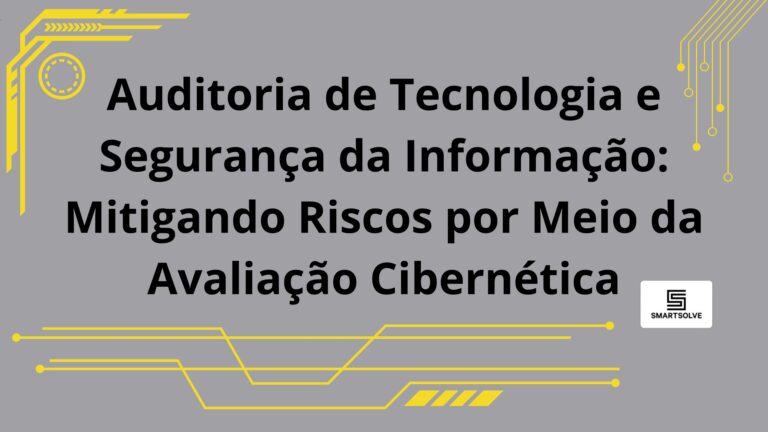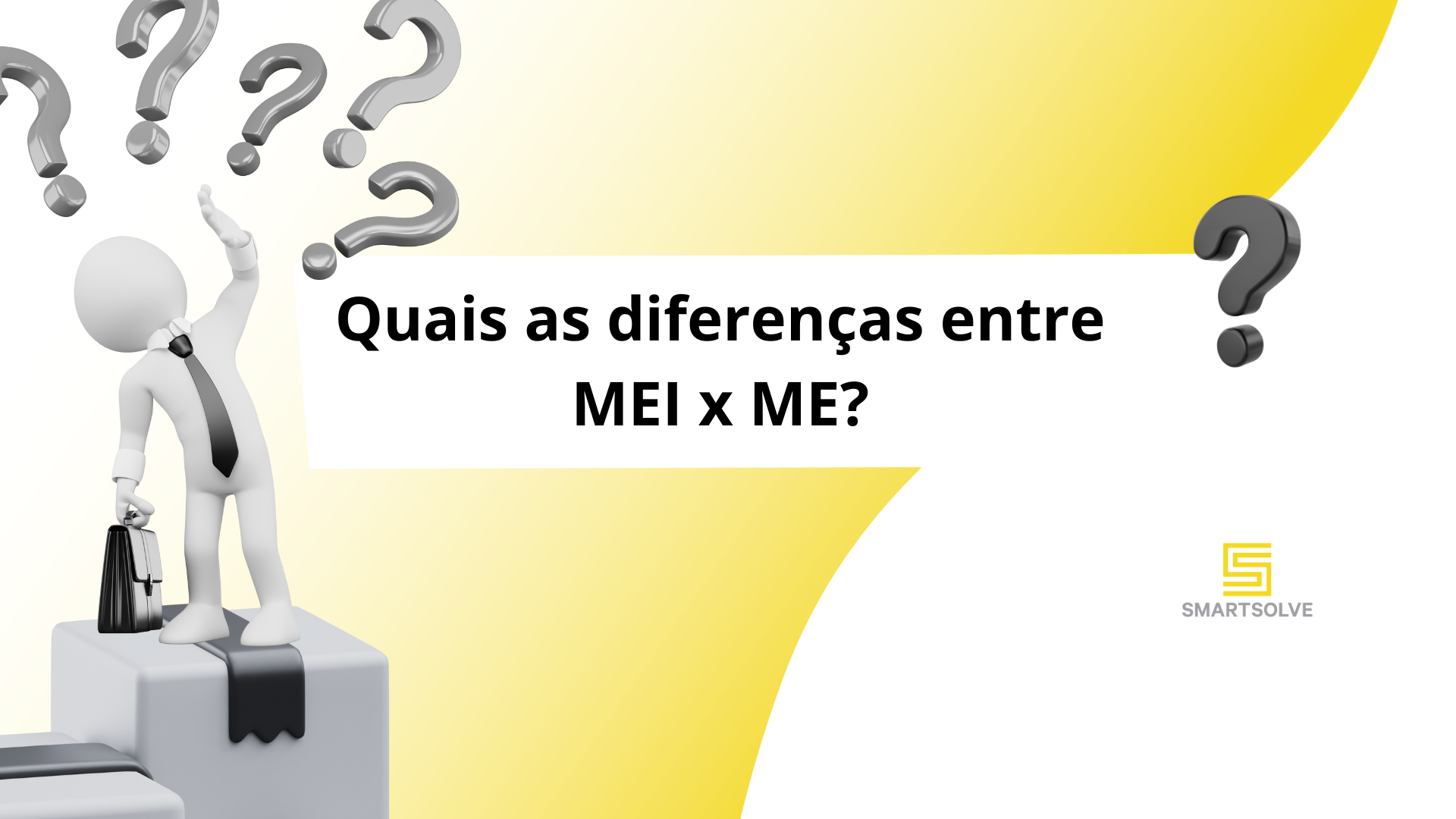In the modern business landscape, technology plays a central role in all operations. Organizations rely on information systems, IT infrastructure, and digital data to drive efficiency, innovation, and competitiveness. However, as technology dependence grows, so do the risks associated with cybersecurity threats and security vulnerabilities. It is in this context that technology and information security audits emerge as a crucial tool for companies.
The Evolution of Auditing: From Finance to Technology and Information Security
The financial audits Traditional have historically focused on evaluating financial records, tax compliance, and accounting practices. However, as companies become increasingly digital, auditing has evolved to encompass a holistic assessment of IT infrastructure, data protection, and cybersecurity.
Components of Technology and Information Security Audits
- Assessment of IT Infrastructure: This involves reviewing the organization's hardware and software assets, as well as evaluating their effectiveness and suitability. Auditors examine the integrity of the network, servers, storage systems, and compliance with IT best practices.
- Data Protection: The Safeguarding company data is critical. The audit includes a review of data management policies, backup procedures, encryption, and access control. Compliance with data privacy regulations, such as GDPR, is also verified.
- Cybersecurity: Auditors assess the organization's cyber defenses, identifying vulnerabilities, reviewing threat prevention practices, and evaluating the response to security incidents. This helps ensure that the company is protected against cyberattacks.
- Legal and Regulatory Compliance: Audits also verify the organization's compliance with laws and regulations related to technology and information security, such as data privacy regulations and cybersecurity standards.
Benefits of Technology and Information Security Audits
- Early Vulnerability Identification: Audits help identify security vulnerabilities and weaknesses in IT infrastructure before they become serious issues.
- Risk Mitigation: By assessing technology-related risks, audits allow companies to proactively implement measures to mitigate threats.
- Compliance with Regulations: Ensuring legal and regulatory compliance is essential to avoid penalties and maintain customer trust.
- Reputation Protection: By safeguarding customer data and the integrity of operations, audits preserve the organization's reputation.
Conclusion
Technology and information security audits are a vital part of risk management and compliance in an increasingly digital world. They help companies address emerging cybersecurity challenges, protect their digital assets, and ensure business continuity. Incorporating technology and information security assessments into accounting audit practices is essential for companies seeking to thrive in an ever more technologically interconnected business environment.
(ARAUJO, Robson.Understanding the Functions and Importance of the Tax Sector Technology and Information Security Audit: Mitigating Risks through Cyber Assessment)











